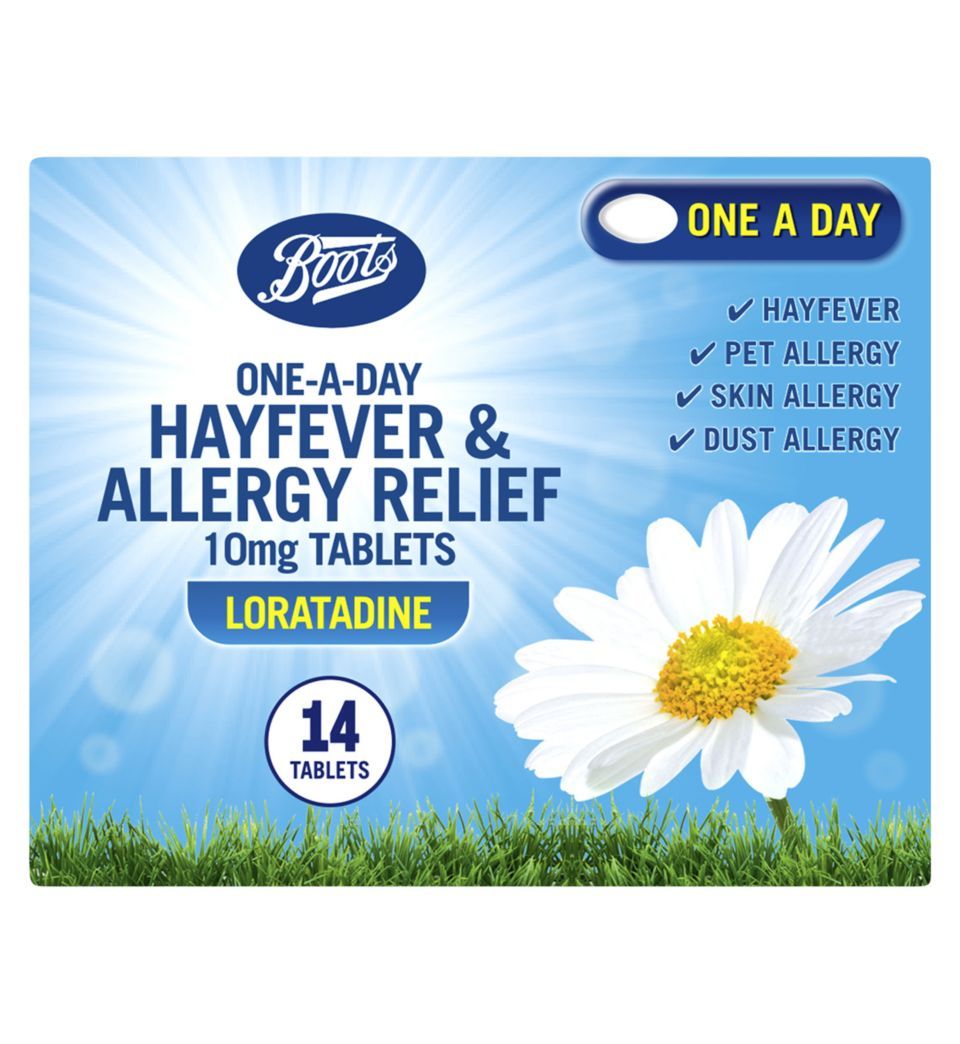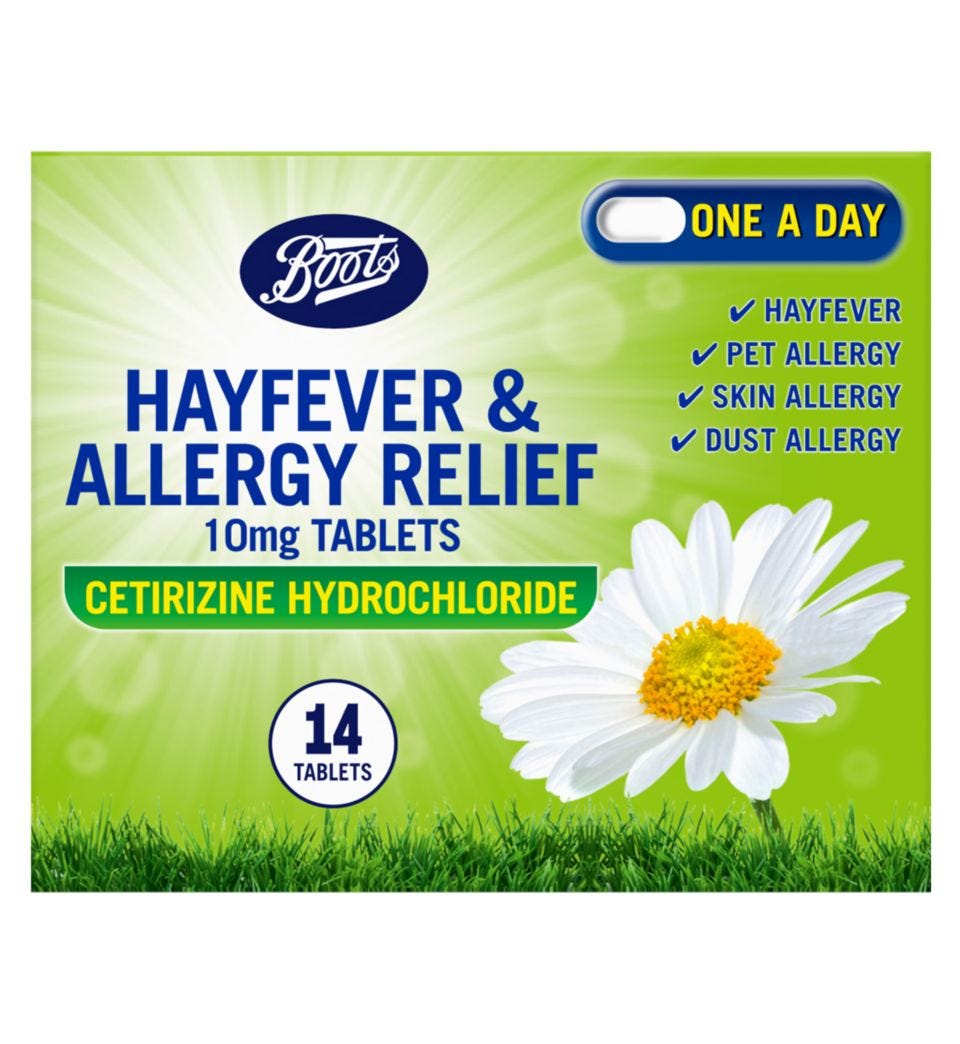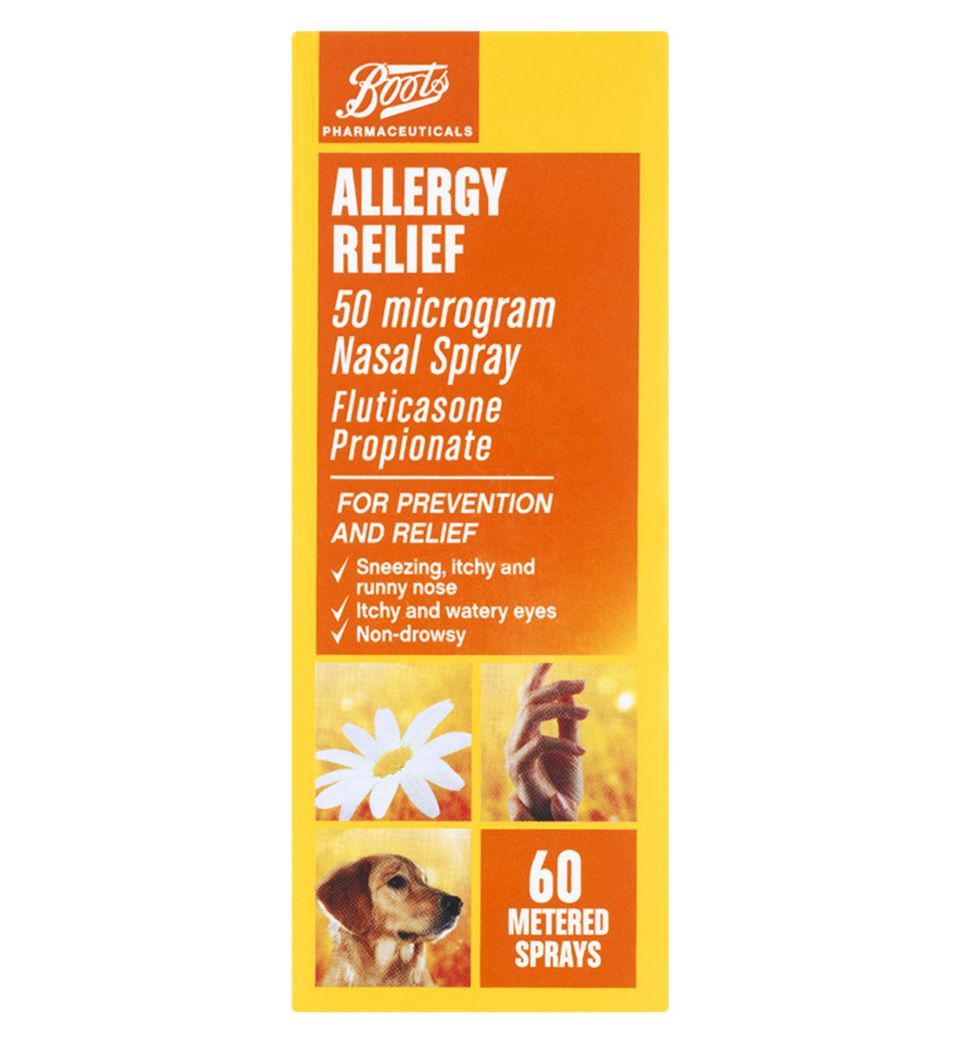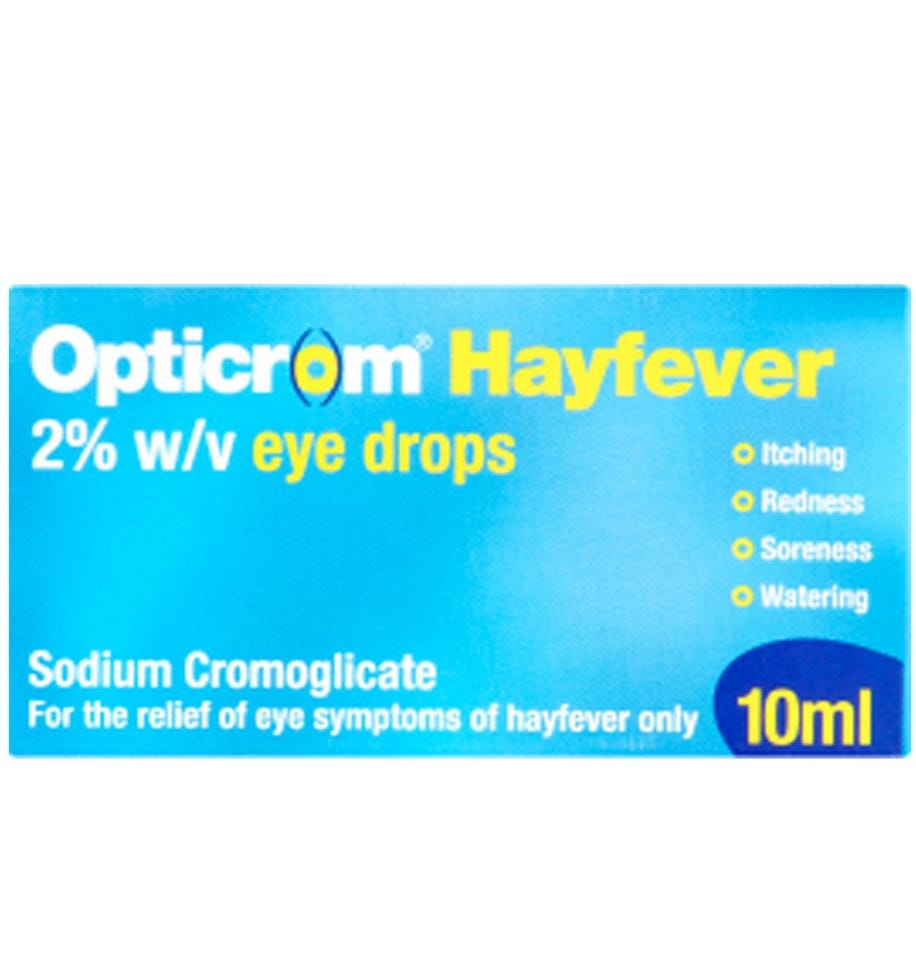Hay fever has been a yearly inevitability for me for as long as I can remember. As a kid, it meant humiliating nosebleeds in the middle of the classroom—and as an adult, it’s streaming mascara and itchy eyes in the office. However it shows up, hay fever is uncomfortable (embarrassing, even) and just plain annoying. So recently, I set out to finally track down the exact cause of my hay fever instead of simply “blaming the season”, in the hope of actually feeling better.
In doing so, I discovered there’s a whole catalogue and calendar of hay fever culprits. Often grouped into tree, grass and weed pollen, these categories include a range of subtypes, each peaking at different times. That means identifying when your symptoms strike is key to figuring out the cause—and how best to treat it. For instance, my hay fever flares in both April and late August. I’d always blamed grass pollen by default, but it turns out I was sorely mistaken.
With the help of Margaret Kelman, specialist allergy nurse at Allergy UK, I’ve pulled together everything you need to know to identify your hay fever based on the time of year you suffer most—plus how to soothe those all-too-aggravating symptoms.
What to read next
What is hay fever?
Hay fever, also known as allergic rhinitis, is an allergic reaction to pollen—a fine powder produced by plants. We react when it comes into contact with the mouth, nose, eyes or throat. Not everyone is affected (lucky things), as susceptibility depends on a mix of genetics and environmental exposure.
Symptoms can include sneezing and coughing, a runny or blocked nose, itchy, red or watery eyes, and irritation in the throat, mouth, nose and ears. It can also cause headaches and drowsiness.
According to Allergy UK: “Wheezing or difficulty breathing can occur if you also have allergic asthma. 80% of people with asthma have allergic rhinitis and in people with asthma, there is an increased risk of worsening asthma symptoms and hospitalisation with poorly treated hay fever.” So it’s important for everyone to stay on top of hay fever—but especially those with respiratory conditions.
Margaret Kelman, adds: “If you have Hay fever, make sure you monitor pollen forecasts daily and, if possible, stay indoors on high pollen days. Hay fever symptoms usually appear when the pollen count exceeds 50.”
Why do different types of pollen spike in different seasons?
Weather plays a big part in how pollen is produced and dispersed. A key factor is the amount of daylight (called the photoperiod), which directly affects pollen production. Warm, sunny weather with light breezes encourages higher pollen counts, while cooler, cloudy or rainy days reduce it. Hence why so many of us get bunged up in summer.
Pollen season begins with trees in early spring, followed by grasses in May, and weeds peaking through summer. Rising temperatures also shift plant behaviour—warming speeds up growth and can extend pollen seasons. So those extra-hot summers we’ve been having lately in the UK? They’re not doing your sinuses any favours.
“Rain washes pollen from the air so pollen counts are often lower on cooler, wet days,” says Kelman. So, next time you grumble about a midsummer downpour, you might want to say a quiet ‘thank you’.
Pollen by the seasons
Understanding which plants release pollen when is essential to pinpointing your triggers. After speaking with Allergy UK and studying their pollen calendar, I learned that grass wasn't my issue after all. Since my symptoms peak in April and August, the likely culprits are tree pollen (especially birch) in spring, and weed pollen—like nettle and mugwort—later in the year.
Back home where I grew up the streets are, with no exaggeration, lined with birch trees, so this immediately made sense for me. No more woodland walks for me over Easter.
February to March
Tree pollen season kicks off in February with early-blooming species like alder, hazel, yew, elm and willow (hazel can even begin in January). These trees are commonly found in hedgerows, woodland and lowland areas, while alder and willow tend to thrive near rivers and in wetter ground.
April to May
Many of the early tree species continue into spring, but this is when things really ramp up. Birch pollen peaks from mid-March through to late May, joined by oak, ash, plane and pine as temperatures rise.
Tree pollen is light and wind-borne, meaning you don’t need to live near woodland for it to find you.
One thing I found fascinating in my research is the link between tree pollen and certain food allergies. People with tree pollen allergies can also experience oral allergy syndrome (OAS), where raw fruits and veg, like apples for example, trigger a mild allergic reaction (think itchy mouth). I’ve definitely had this before, but assumed I was just inventing excuses to avoid fruit. Feeling very vindicated now.
June to July
June brings summer, and the peak of grass pollen season. This is the most common type of hay fever, affecting the most people and typically causing the strongest, longest-lasting symptoms. Joy.
One tell-tale sign of a grass pollen allergy? Eye symptoms. Grass pollen often causes red, itchy, swollen eyes, a burning sensation and even light sensitivity. It’s also a known asthma trigger, so if you have respiratory issues, keeping tabs on the pollen count is crucial.
Unlike tree pollen (which is more seasonal) and weed pollen (which tends to be localised), grass pollen is everywhere, and persistent. Avoiding it completely is nearly impossible. That’s why a good medication routine is your best defence, but more on that shortly.
August to September
Some weeds like rape seed and plantain start earlier in the summer, but most weed pollen peaks later, as the weather cools slightly. If, like me, you get a second wave of hay fever around August, nettle, dock and mugwort could be to blame.
These are all wind-pollinated weeds, which means their lightweight pollen is easily blown through the air. They’re also incredibly common, found in gardens, parks, roadsides, fields and wasteland, making them particularly tricky to avoid.
Tips and tricks to combat hay fever symptoms
While we often focus on the classic itchy eyes and runny nose, hay fever can have a much bigger impact. According to Allergy UK, if left untreated, it can lead to poor sleep, reduced concentration, irritability, and even mental health struggles.
Margaret Kelman warns, “It is important to seek advice from a healthcare professional such as your GP, practice nurse or health visitor if your or your child's symptoms last more than two weeks and affect you carrying out everyday tasks or hobbies.”
To help keep symptoms in check, Allergy UK suggests the following:
- Wear a mask, wraparound sunglasses, and a hat with a brim when outdoors
- Shower and wash your hair regularly, and change clothes after being outside
- Avoid mowing the lawn, raking leaves, or other pollen-heavy tasks
- Keep windows shut, especially in the morning and evening when counts are higher
- Don’t dry washing outside, as pollen can cling to fabrics
- Wipe pets down with a damp microfibre cloth before they come indoors
Best hay fever treatments
Avoiding pollen is the goal, but realistically, we can’t all hide indoors for half the year. So medication becomes your most practical and effective option.
Antihistamines
These are divided into two main types: drowsy and non-drowsy. Drowsy is products like chlorphenamine (Piriton), cinnarizine, diphenhydramine, hydroxyzine and promethazine. Meanwhile non-drowsy examples are acrivastine, cetirizine, fexofenadine and loratadine. To find the right one for you, especially if you're taking other medication or have specific lifestyle needs, it's best to speak to your GP or pharmacist.
Nasal sprays
As someone with a perpetually itchy nose, this is one of my go-tos. Nasal sprays usually work faster than tablets and can be bought over the counter in most pharmacies and supermarkets, or prescribed by your GP to ease congestion and runny noses.
Immunotherapy
This one's more advanced and typically reserved for those with really severe symptoms.
It’s usually recommended for people who’ve had serious allergic reactions to insect stings, or whose hay fever hasn’t responded to any other treatments. It involves gradually increasing doses of allergen extracts, either via injection or drops/tablets under the tongue. Pollen immunotherapy has been shown to reduce both symptom severity and the need for medication.






















